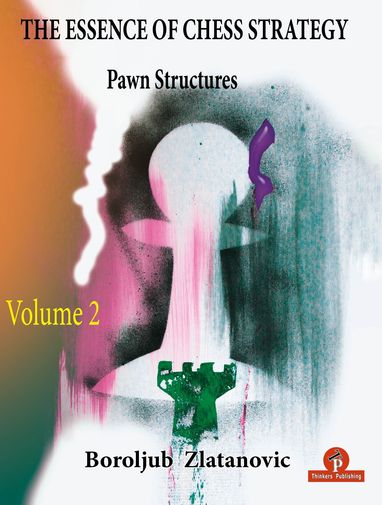To achieve success in chess, a little talent is required, but it is even more important to have a thorough grounding in the different aspects of the game.
This volume, which has sold well over a hundred thousand copies in its German edition, proceeds from the simple to the difficult, from checkmating with a couple of pieces to strategic planning. It has been used in numerous adult education classes, and is also highly suitable for private study.
Rudolf Teschner is an Honorary FIDE International Grandmaster and a popular chess author, who for 38 years was editor of the magazine "Deutsche Schachzeitung".
As a way of indulging the compulsion to play and at the same time practise creative thinking, the 'royal game' has long been popular - from the Middle Ages until the 18th century, especially with the nobility and the church. Only the Asian game of encirclement, Go, is comparable in its intellectual depth to chess, which also originates in the Far East.
Nearly 200 nations are currently registered as members of FIDE (Federation International des Echecs, International Chess Federation) - forty years ago, there were only 64. Every two years the Chess Olympiad takes place, most recently in 2002 in Bled (Slovenia) with 134 men's and 67 women's national teams, which consisted of a great number of international grandmasters and masters. For almost half a century the Russians dominated this event, but Hungary and the United Kingdom were dangerous rivals. The German Chess Federation is one of the strongest members of FIDE with about 100,000 players. In the private sphere, according to unofficial estimates in Germany alone, chess is the pastime of more than one million people. Chess is a national sport in the countries of the former Soviet Union, which have several million club players. If you consider the percentage of the total population, the small country of Iceland (246,000 inhabitants) is the winner. The Chess Club of Reykjavik has around 500 members. The first international chess tournament, won by the German Anderssen, took place in London 1851, where chess was and still is very popular.
This manual not only aims to familiarise the reader with the basic rules of the 'royal game', but also to reveal the richness of ideas that has made it so attractive. For the sake of clarity, I have summarised the chapters dealing with the opening of the game. However, I advise the reader to leave the 'Specialised Opening Theory' (lessons 11 to 21) until the end of the studies, and to put the main emphasis on 'Chess Tactics' (lessons 22 to 30). The student is well advised to set up each position on the board, and to play through the given moves several times, until he really understands their meaning. Under the heading 'Chess Strategy' (lessons 31 to 38) the reader gets to know the mastery of the game, which predominates in modern chess tournaments. He will be able to recreate and understand the moves of masters and experience the fascinating endeavours on the 64 squares - an occupation that is educational and promises intellectual enjoyment.
If you are ambitious and want to be successful in tournaments, you will have to practise extensively and invest a lot of time, apart from the competitive and personal qualities required. The basic prerequisites, however, are delivered by this book, which is suitable for self-study and has also been used successfully in many chess courses.


